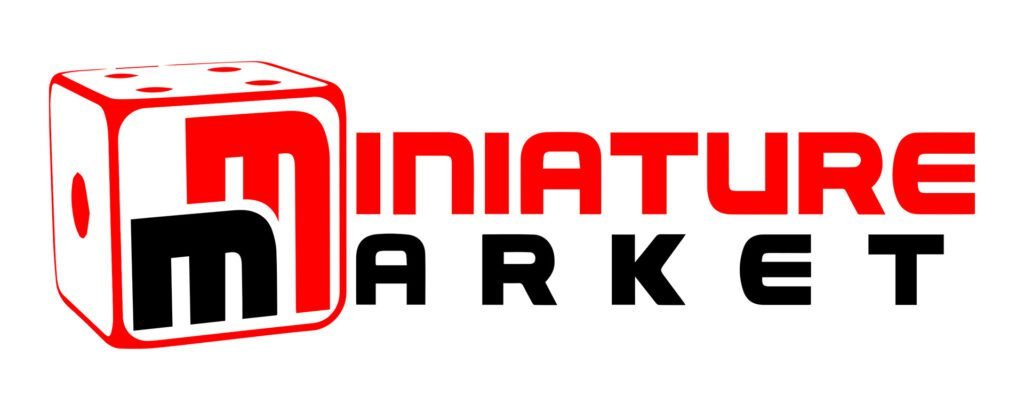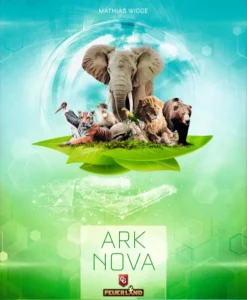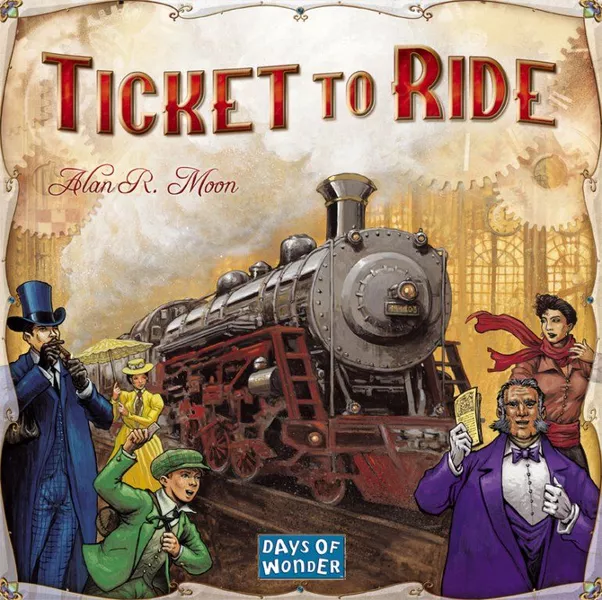
Today we’re diving into Ticket to Ride. This classic board game from designer Alan Moon & Days of Wonder has been a staple in modern gaming since 2004, drawing players in with its smooth gameplay & strategic possibilities. We’ll break it down with what it is, what’s good, what’s bad, & whether you should pick it up. Let’s get into it.
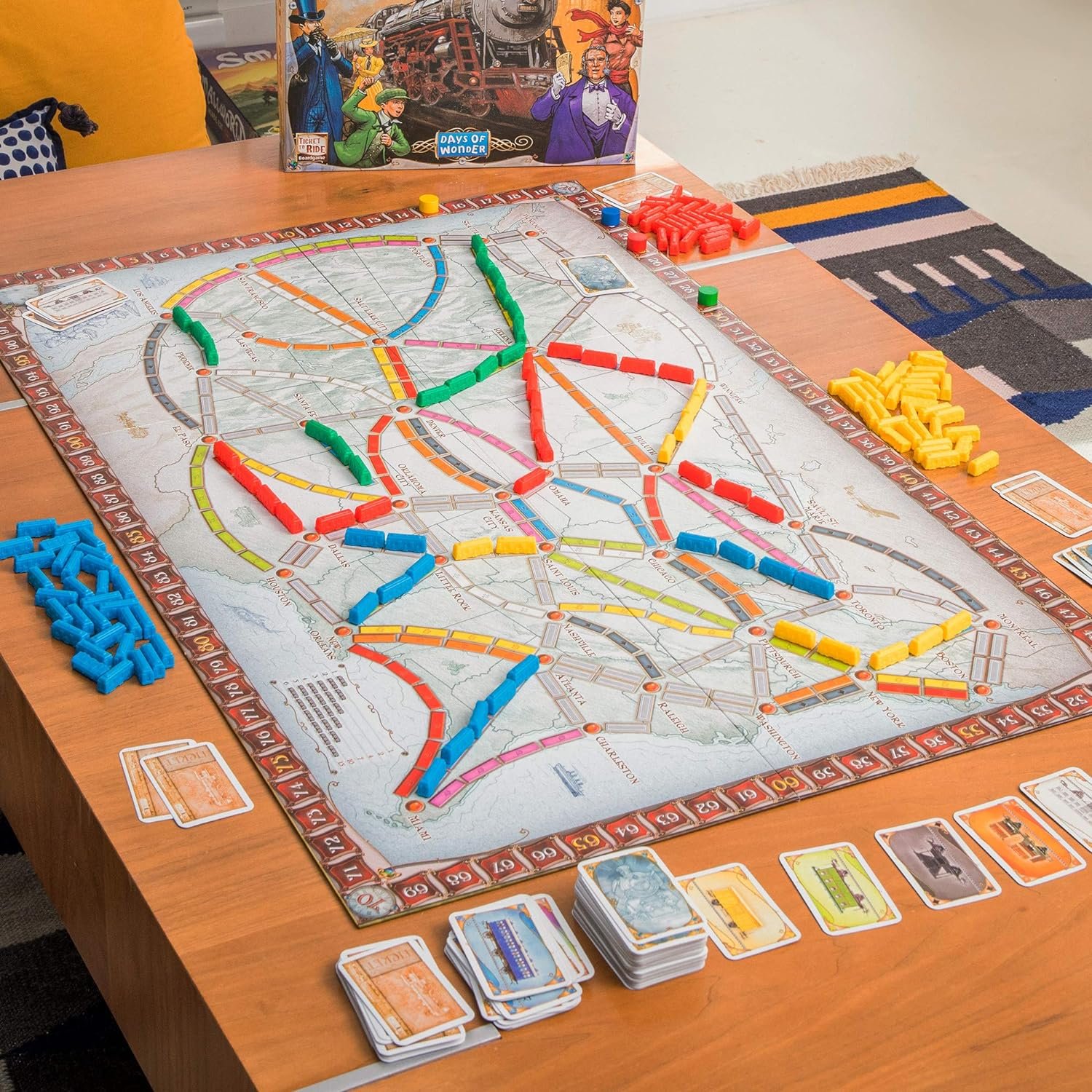
What It Is
Ticket to Ride is a gateway board game that challenges players to build a network of train routes across the United States, scoring points for successfully connecting cities. Designed with simplicity & depth, it’s easy to pick up for beginners but has enough strategy to keep even experienced gamers engaged. The game flows as players collect cards of different colors to claim routes on a vibrant map, scoring points by completing destination tickets & competing for the longest route. It’s straightforward yet surprisingly deep, making it a lasting favorite for game night.
Check Out These Recent Board Game Sales
- Board Game Sale: Disney Villainous 25% Off!
- Board Game Sale: Marvel: Crisis Protocol Core Set 30% Off!
- Board Game Sale: 7 Wonders Available for 17% Off!
Gameplay Overview
In Ticket to Ride, players compete to build the most valuable rail network across a sprawling map of interconnected cities. The game’s charm lies in its balance of route planning, strategic blocking, & the thrill of connecting distant cities. Points are awarded in three main ways: connecting two cities by laying trains along routes, completing destination tickets that call for specific city connections, & achieving the longest continuous train line by game’s end.
At the start of each game, players receive a handful of train cards & a few destination tickets, each depicting two cities they aim to connect. They can discard one ticket if it feels too ambitious or risky, knowing any unfinished routes will dock points from their final score. The game starts with everyone quietly eyeing their route goals & strategizing how to connect their cities while staying flexible to adapt to the moves of their opponents.
Each turn offers three action choices: players may draw additional train cards, claim a route, or draw more destination tickets to expand their network’s reach. Drawing train cards builds up resources; these cards come in various colors matching the tracks on the board. A wildcard option—the locomotive—can stand in for any color but has special rules: if it’s drawn from the face-up row, it counts as two draws, making it a powerful but limited resource. This introduces a layer of decision-making, as players must choose between the certainty of drawing from the face-up selection or the gamble of drawing directly from the deck.
Claiming a route is the heart of the game, with each connection secured by playing a set of matching-colored cards that correspond to the track’s color & length. Gray tracks allow any single color, offering flexibility, but once a route is claimed, it’s off-limits to other players. Double routes (two parallel tracks) appear between some cities, though in smaller games, only one side can be claimed, ramping up competition for key connections. Every route claimed not only helps complete a network but also provides immediate points based on its length, rewarding ambitious builds that cover longer distances.
Destination tickets are a longer-term strategy, offering substantial points for linking specific cities. The trick, however, is balancing risk: each uncompleted ticket costs points, meaning players must carefully weigh whether they can realistically achieve new destinations before adding them to their goals. The flexible routes make it easier to complete these connections but also leave room for opponents to potentially disrupt plans.
As the game progresses, a tension builds with each claim as players eye the dwindling train pieces left in their stock. When one player has only two or fewer trains left, it signals the final stretch, giving everyone one last turn to secure their routes & complete their tickets. In these final moves, players often prioritize high-value connections or look to block opponents from finishing critical routes, adding an exciting urgency to each action.
When the game ends, players tally their points, adding bonuses for completed destination tickets & subtracting penalties for any uncompleted ones. Finally, the player with the longest continuous train line receives a bonus, adding an incentive to create one cohesive path across the map.
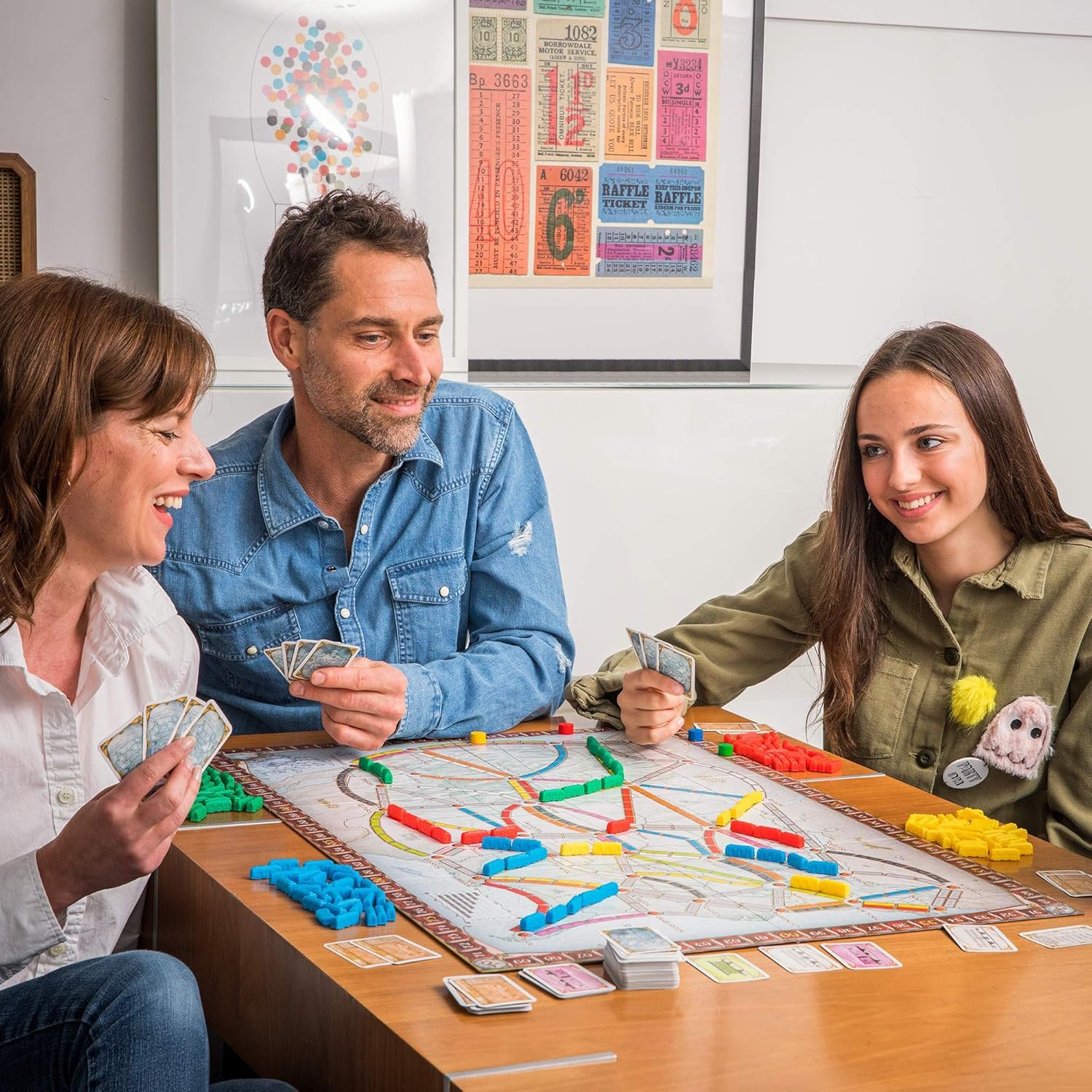
The Components
The game’s components are high-quality & add to the overall experience. The board itself is colorful & easy to read, with routes clearly marked between major cities across the U.S. The plastic train pieces feel durable & satisfying to place, while the cards are well-designed & printed on sturdy material. Overall, Days of Wonder has done a fantastic job with production, creating a game that looks as good as it plays. This attention to detail & quality is a big part of why Ticket to Ride remains popular, as the physical pieces make for a satisfying & immersive experience.
The Good
One of Ticket to Ride‘s standout features is its accessibility. The rules are concise & easy to learn, allowing new players to jump right in without needing to slog through a lengthy rulebook. This simplicity doesn’t come at the expense of depth, though, as the game offers plenty of room for strategic play. Choosing when to claim routes, how many tickets to take, & where to cut off opponents are choices that keep players engaged, making each session feel rewarding regardless of experience level.
The game’s pace is another major plus. With quick, turn-based gameplay, players are rarely left waiting long, keeping everyone invested throughout. The gradual development of each player’s network adds a layer of suspense that builds toward a satisfying final tally. By the end of the game, you can see your strategy take shape on the map, which adds a sense of accomplishment. This balance of easy entry, strategic decision-making, & a quick tempo makes Ticket to Ride a perfect choice for game night, family gatherings, & even introducing new people to the hobby.
The Bad
Of course, Ticket to Ride isn’t without its potential downsides. One of the main criticisms is the luck involved in drawing train cards. At times, you might find yourself stuck, waiting for specific colors to complete critical routes, which can be frustrating, especially if an opponent claims a route you needed in the meantime. This element of chance can impact the strategy of more seasoned players who prefer games with minimal randomness, though it’s not a deal-breaker for most.
Additionally, some experienced players may find Ticket to Ride a bit lacking in complexity after multiple plays. While there is strategic depth, it doesn’t offer the same level of intricacy found in heavier games. For players looking for a game that they can sink into for hours with complex decision-making, Ticket to Ride might feel a bit light. However, this lighter gameplay style is also what makes it an enduring & widely loved classic that is accessible to all ages & experience levels.
The Verdict
Overall, Ticket to Ride holds up as a quintessential game for any collection. Its blend of accessible mechanics & strategic options makes it a great introduction for newcomers & a staple for seasoned gamers. The high-quality components & thoughtful production add to the appeal, making each play session enjoyable & immersive. Ticket to Ride is the kind of game that gets people into the hobby, helping newcomers understand the appeal of modern board games.
Despite minor drawbacks with luck & complexity, Ticket to Ride succeeds by embracing simplicity without sacrificing engagement. It’s the kind of game that you can play repeatedly without feeling repetitive, thanks to the dynamic setup of the map & the potential for new strategies. The game’s replayability is further enhanced by a variety of expansions, which introduce new maps & rules for fans looking for fresh challenges. From family nights to casual gaming sessions, Ticket to Ride is an easy recommendation.
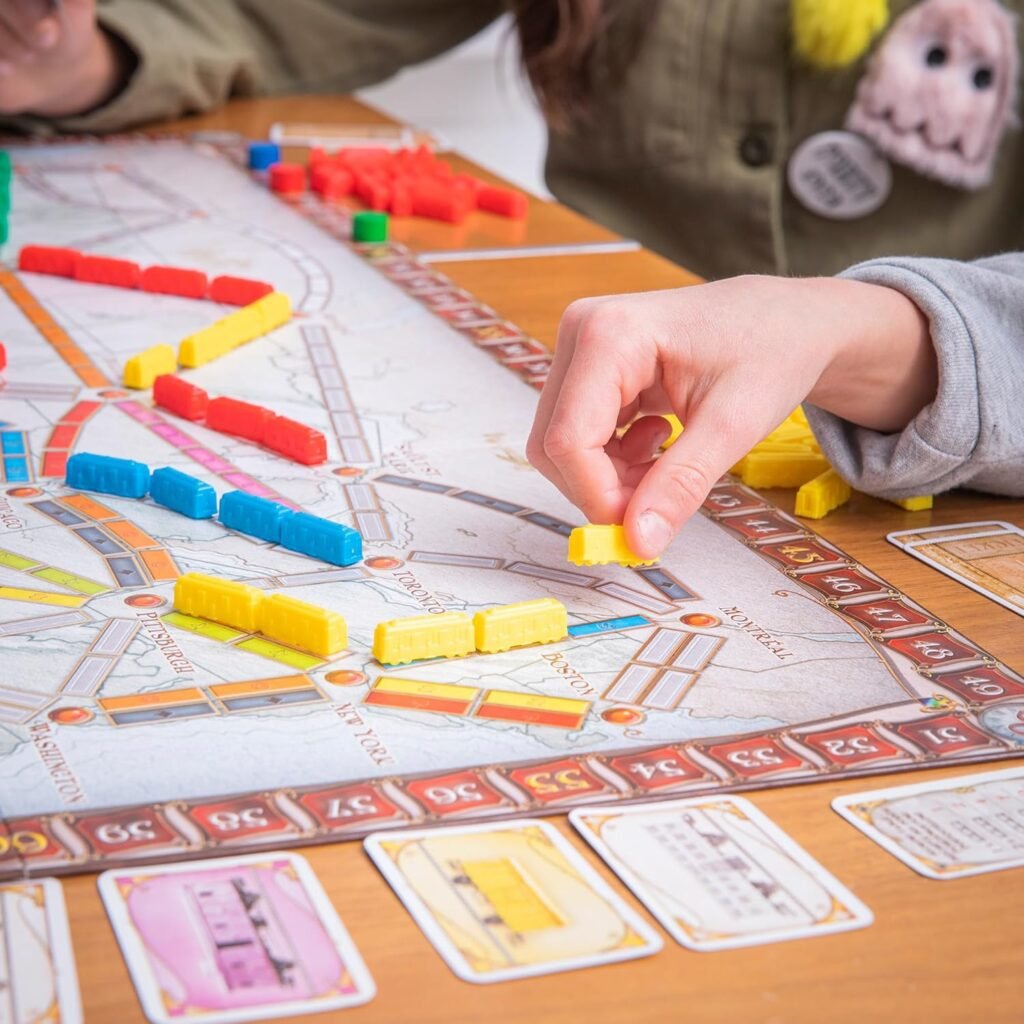
Final Thoughts
After years of playing Ticket to Ride, I have to say, this game has really earned its place in my collection. It’s one of those rare games that hits the sweet spot between accessibility & strategy, making it just as fun to play with newcomers as it is with more experienced gamers. I can’t count the number of times I’ve introduced it to people who were new to board games, & without fail, they’re fully invested by the end of their first game. There’s something universally satisfying about building out those train routes & planning your path across the map, especially as the board fills up & the stakes get higher.
What I really enjoy about Ticket to Ride is how every game feels like a new puzzle. The core mechanics are simple—draw cards, claim routes, complete your destination tickets—but each game pushes you to balance luck with strategy. Some games, I’ll go all-in on grabbing the longest routes & aiming for the longest path bonus, while other times, I’m scrambling to complete a bunch of smaller routes just to avoid a penalty. & no matter the strategy, the choices feel meaningful because the game keeps you focused on adapting to the board as it changes.
There’s a good amount of tension, too, especially if you’re playing with competitive friends who aren’t afraid to block key routes. Ticket to Ride isn’t exactly “cutthroat,” but there’s definitely a thrill in claiming a route someone else clearly had their eye on. & the destination tickets add an extra layer of suspense—you have to decide whether to stick with the safer, initial routes or take a chance on new tickets that could either boost your score or end up hurting it. It’s that balance between risk & reward that keeps things interesting, even when you’re just playing casually.
Another thing I appreciate is how quick & smooth the game plays. Even with four or five players, turns move fast, so you’re not sitting around waiting for long. That pacing means Ticket to Ride doesn’t drag, & instead, it builds this nice rhythm as each player’s network takes shape. By the time you’re near the end, everyone is rushing to complete their routes, which adds some excitement to the final turns. I find that even if someone isn’t in the lead, they’re still invested because you’re all getting close to finishing your own train lines.
The components deserve some love, too. The map is bright & easy to follow, & those little plastic trains are surprisingly fun to handle. It’s a game that feels satisfying in every way, from drawing a key train card to placing your final piece on the board. & the best part is that it holds up after so many plays. The game doesn’t rely on gimmicks or overly complicated mechanics, so it still feels fresh, even years after you’ve opened the box. That’s a quality not every game has, & I think it’s a big part of why Ticket to Ride has remained so popular.
In the end, Ticket to Ride is simply a well-designed, endlessly enjoyable game that fits just about any group & occasion. Whether you’re introducing it to friends or family for the first time or just want something that balances fun with enough depth to keep everyone engaged, it’s a fantastic choice. If you don’t already own it, it’s a must-have in my book, & if you do, you probably know exactly what I mean. It’s a game that just gets it right, & it’s one I can see myself playing for many years to come.
Purchase Options

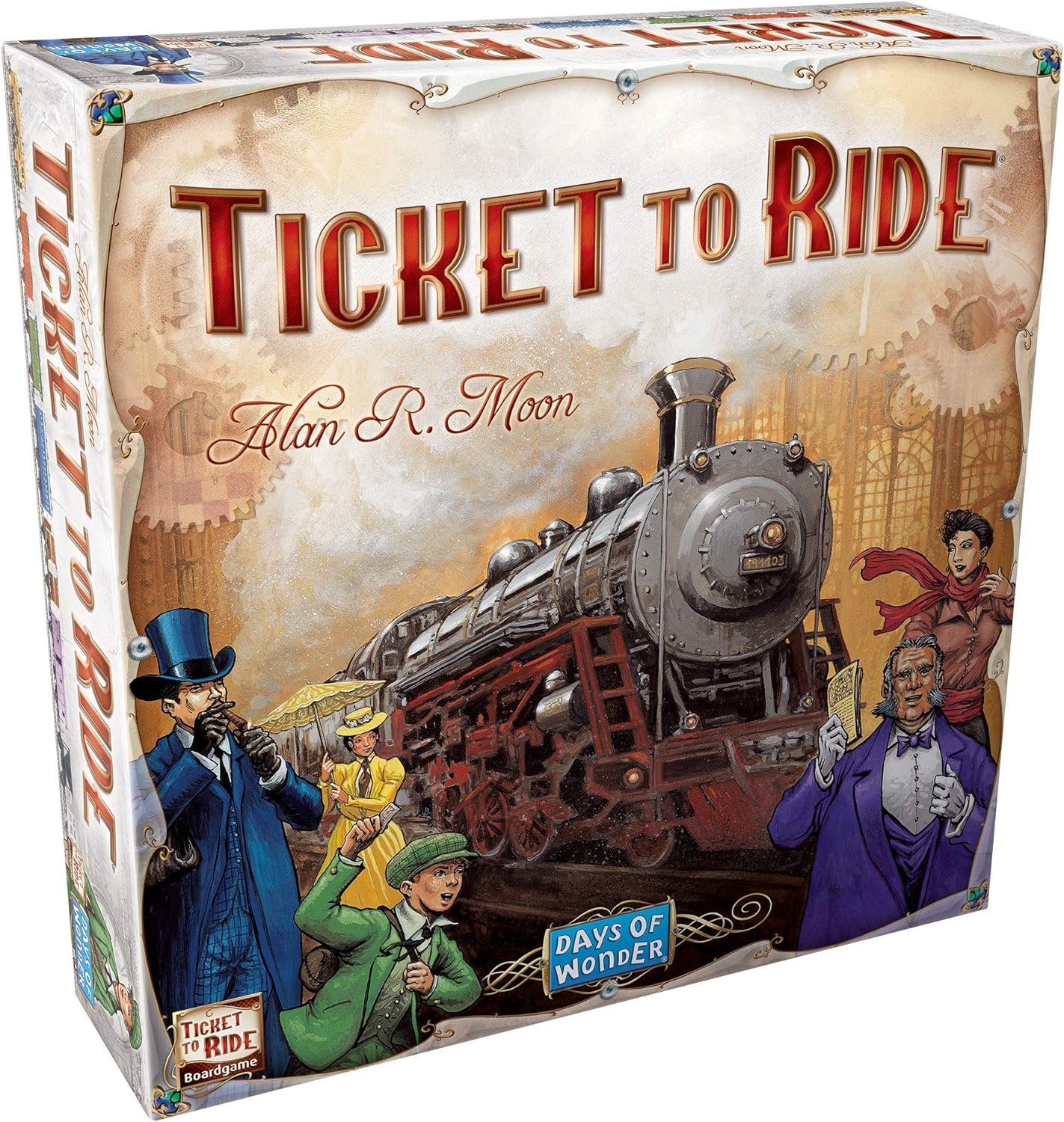
At no extra cost to you, The Board Game Site may receive revenue from affiliate and advertising partnerships for sharing this content and from purchases through links.



